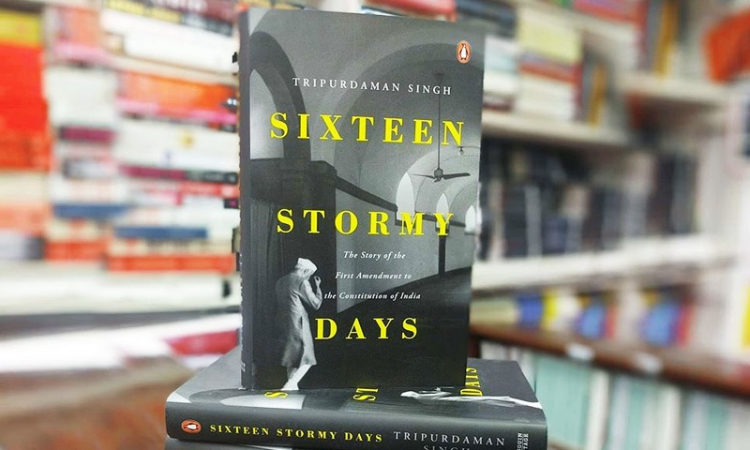Next Story
20 July 2020 4:57 PM IST
The citizens of India are privileged to have a magnificent constitution for them. The Constitution of India is the longest of the written constitutions of the world. After extensive debates of nearly three years, the Constituent Assembly finally adopted the Constitution on 26th November, 1949. It became formerly the Constitution of India on 26th January, 1950. Sixteen...

